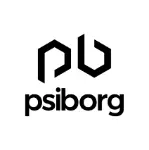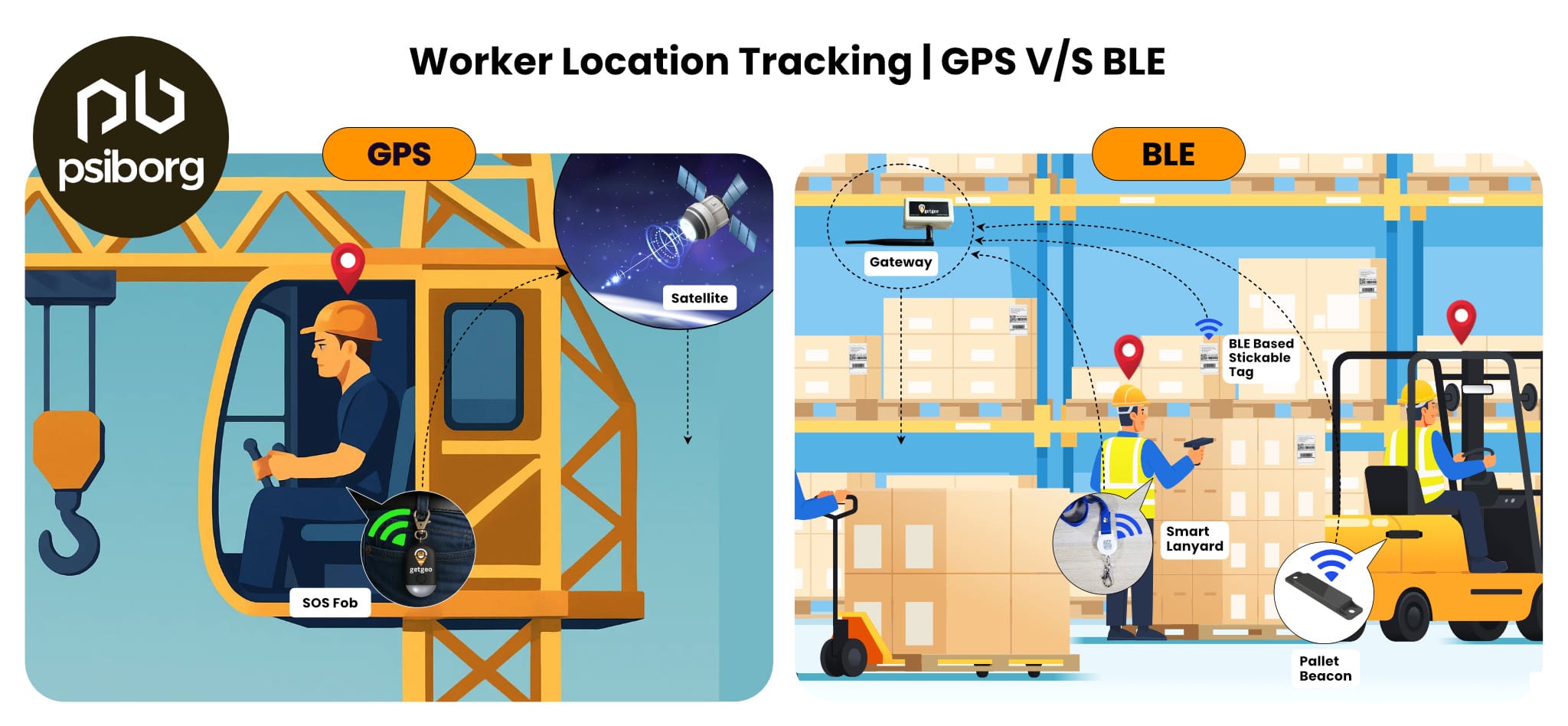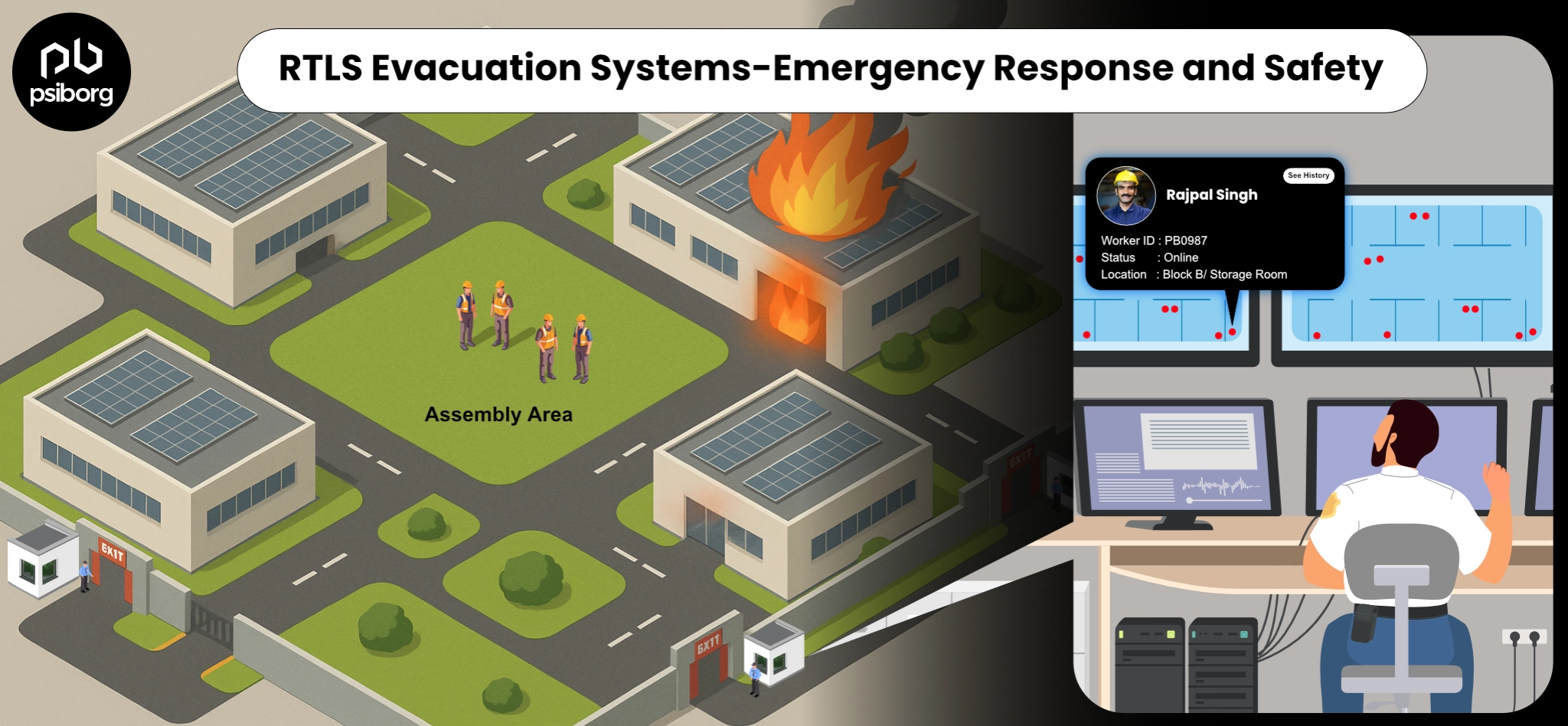Microcontrollers perform a specific task and with so many options available in the market, it gets difficult to select a microcontroller to implement in your project. But before that, let us first get to know what microcontrollers are and why they are used.
HOW TO SELECT A MICROCONTROLLER FOR YOUR PROJECT?
There are thousands of different types of microcontrollers, each of them with a unique feature and computational capability and because they serve a particular purpose, with so many options available in the market choosing the right one can be a tricky task. So, here are some of the factors you should consider while choosing one.
1. THE ARCHITECTURE OF THE PROJECT FOR WHICH THE MICROCONTROLLER HAS TO BE SELECTED
First of all, you need to know the hardware architecture of the project well.
Make a Block Diagram of all the sections needed to attain the required functionality of the project. Make a note of how many input/output ports are required. Make a special note of the communication interfaces and Number of Analog Pins.
After the hardware requirements, it’s time to know about the software architecture and requirements as they greatly affect the choice of your microcontroller. You need to know about processing speed, processing power, computational power, etc. Make sure you take note of any specific requirements like if any of the algorithms demands special computational power or if there is a requirement for high-frequency peripherals. This is the first step while selecting a microcontroller.
2. MEMORY REQUIREMENT OF THE PROJECT
According to the requirement of the project, it is important to select an apt microcontroller. This is important as we don’t want to run out of space for any variables or programs. Flash, RAM, ROM, and EEPROM are some of the components of memory on microcontrollers. Note the memory size requirement of the peripherals such as the display and make sure your selected microcontroller would fulfil it.
3. BIT SIZE OF THE SELECTED MICROCONTROLLER REQUIRED
Microcontrollers come in 8bits, 16bits, 32bits, and 64bits. One of the key implications of the bit size is the memory capacity of an MCU, the higher the bit size, the more the number of unique memory locations. It is very important for the bit size to match the data to be processed. Keep this in mind while selecting a microcontroller.
4. BOM COST OF THE TARGETTED PRODUCT ALSO AFFECTS THE SELECTION OF THE MICROCONTROLLER
Cost is a major factor to be considered for a project. If your project includes complex functions and operations, the cost is going to be on the higher side, but if it does not, it requires a basic microcontroller and the total cost of the project also comes down.
5. POWER REQUIREMENTS OF THE END SOLUTION
This parameter can be a tricky one, as you should keep the power consumption as low as possible. There is a trade-off between performance and power consumption, microcontrollers with higher processing power will consume more energy. So, according to the needs of the project, a suitable microcontroller should be selected that can perform maximum tasks with the least energy consumption.
Ultra-low-power applications generally spend the most time in the lowest power mode or in sleep mode, wake up to perform a task, and then quickly re-enter the lowest power mode.
Therefore, it is extremely important to select an MCU with ultra-low power consumption and the fastest wake-up time.
6. SELECT A MICROCONTROLLER WITH STRONG SUPPORT AND DOCUMENTATION
It is important to choose a microcontroller that has supporting documents and good community support. Also, make sure to select one with a good development kit, so that you can easily start working on building your prototype. All these are important so that you can get instant help when you’re stuck at any point.
These are the general parameters required to choose a microcontroller as the microcontroller is the most important building block of an IoT Solution, so one should be very careful while selecting it.
Also know, How does IoT Development Lifecycle work?
What we do at PsiBorg,
Our team of electronics design engineers, embedded engineers, and software developers diligently brainstorm and architect the best possible IoT solution development with the optimal combination of hardware and software to make every project a success story. Starting from the initial point of choosing the right Microcontroller, sensors, and other electronic components, We move forward with the up-to-date technologies that complement the project best, we provide our clients with the most effective result-oriented IoT solutions.





